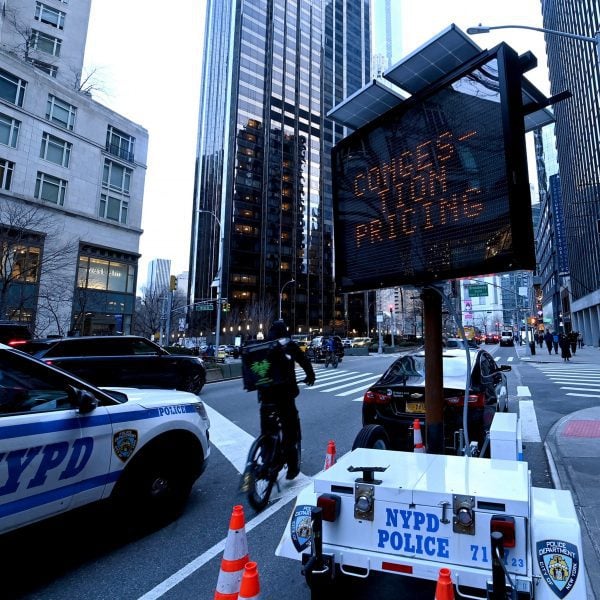World
NYC needs a new world-class college

There’s a lot going right for New York City’s economy. Jobs are at an all-time high, housing demand is strong, and tourism is nearly back to 2019 levels. But as resilient as New York has been, the city faces several new economic challenges in today’s post-pandemic world — from hybrid work and e-commerce to a sluggish recovery in several key industries — that could threaten our future competitiveness. New York’s leaders should respond as they have so many times in the past: with big ideas to reshape the city’s economy for a new era.
One idea worth considering is to establish a prestigious new undergraduate university here.
Creating a new university — or helping an existing university to significantly expand into a world-class institution — would help the city achieve two critical objectives. It would enable the city to continue attracting the highly educated, creative, and entrepreneurial young people who drive success in today’s economy. And it will help New York cultivate an engine of job growth, helping to offset employment declines in industries like retail, the arts, and manufacturing.
Adding another top-tier university would create hundreds — if not thousands — of new jobs, from administrators and professors to building maintenance staff and food service workers. Private colleges and universities may be the city’s most underappreciated jobs engine, employing 178,000 people and accounting for 3.5% of all jobs, nearly double the share from 30 years ago.
Critically, it would also bring talented young people to New York, many of whom would stay after graduation. New York’s ability to attract highly educated young people from elsewhere has been vital to the city’s economic resurgence. Employers choose to come here so they can access our talent pool, even though it means paying higher rents, taxes, and labor costs.
But we can’t take the presence of these young people for granted. New York faces increasing competition for college graduates from other cities, and affordability challenges are making the city less attractive to young people. Between 2020 and 2021, New York lost 130,000 residents in their late 20s and 30s — the largest net loss of any age group. A new university would create a powerful new magnet for talented young people from around the world.
To be sure, New York already boasts many excellent colleges and universities, including the vital City University (CUNY). But perhaps surprisingly, New York is home to fewer top-tier universities than several of its global competitors. New York has just two colleges among the world’s 100 leading universities — NYU and Columbia. In contrast, Los Angeles and London both have four, while Boston and Hong Kong each have three.
There is untapped demand from young people who would like to study in New York. In 2023, NYU and Columbia received nearly 120,000 and 57,000 applications respectively — up from 46,000 and 26,000 in 2013 — admitting just 12.5% and 3.9% of applicants.
Universities are also clamoring to be here. In 2010, when the Bloomberg administration solicited bids for building a new applied sciences campus, 18 institutions expressed interest, and more recently, more than 30 institutions expressed interest in developing a new climate research center on Governors Island.
Both projects have involved hundreds of millions of dollars in investment from the universities, with the city mainly providing the land. The Adams administration should follow a similar blueprint to establish a new undergraduate university.
The city’s Economic Development Corp. should identify potential development sites for a new university campus — perhaps including the abandoned Naval Hospital Campus in Brooklyn, Sunnyside Yards, or even a cluster of mostly vacant office buildings.
City officials should then gauge interest from existing universities and philanthropists interested in creating — and financially supporting — a major new institution on one of these sites.
In return for city land and support, the new university should commit to ensuring a major public benefit, including a minimum campus size, financial investment benchmarks, and scholarships for city residents from low-income backgrounds. The city could give preference to institutions that promise free tuition to low-income city students, or that offer majors in career tracks that are ripe for growth, including artificial intelligence, data science and personalized medicine.
New York has impressively bounced back from the depths of the pandemic. Now is the time to take bold, creative steps to strengthen the foundations of the economy for what’s shaping up to be a vastly different economic landscape. Establishing a new top-tier university here would help do this, sparking new job growth and strengthening the city’s talent pipeline for years to come.
Bowles is the executive director of the Center for an Urban Future. Fisher is a partner at Fisher Brothers and CEO of AREA15.










